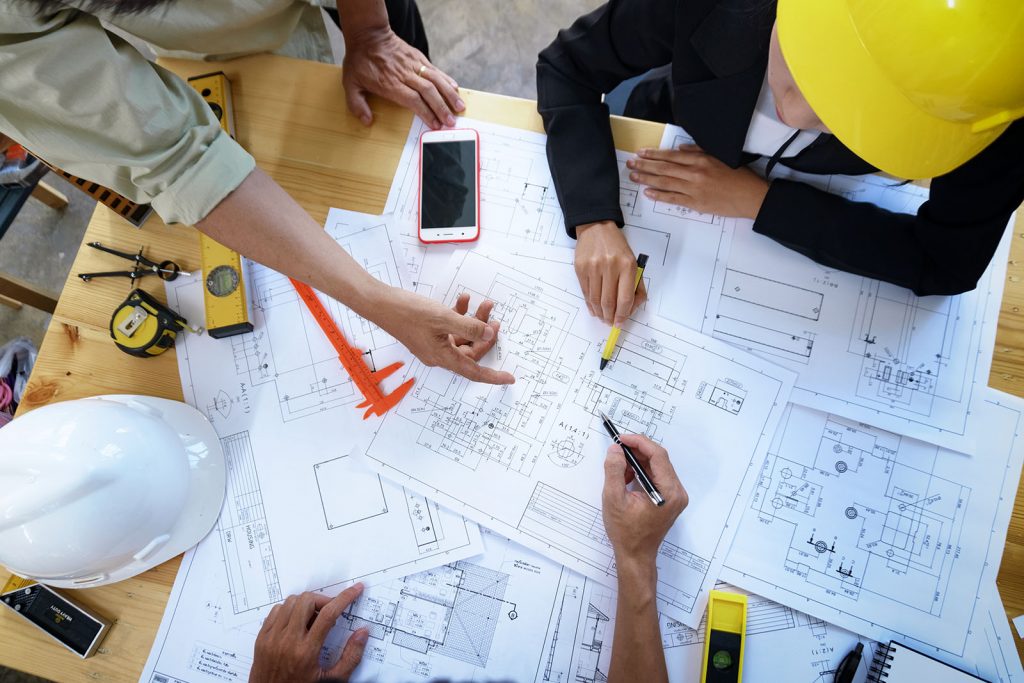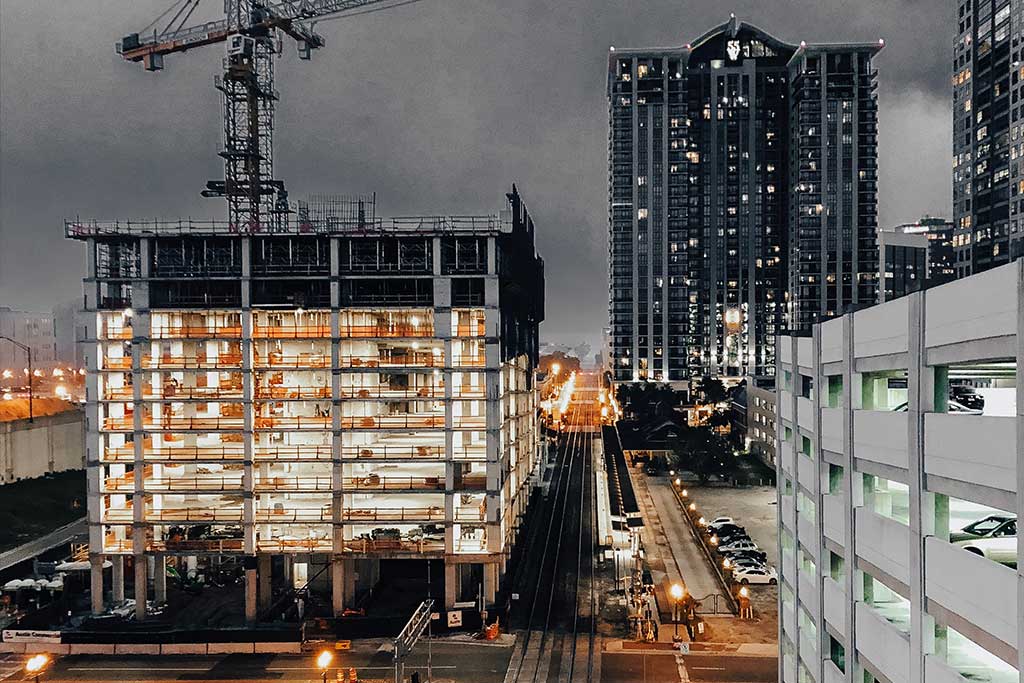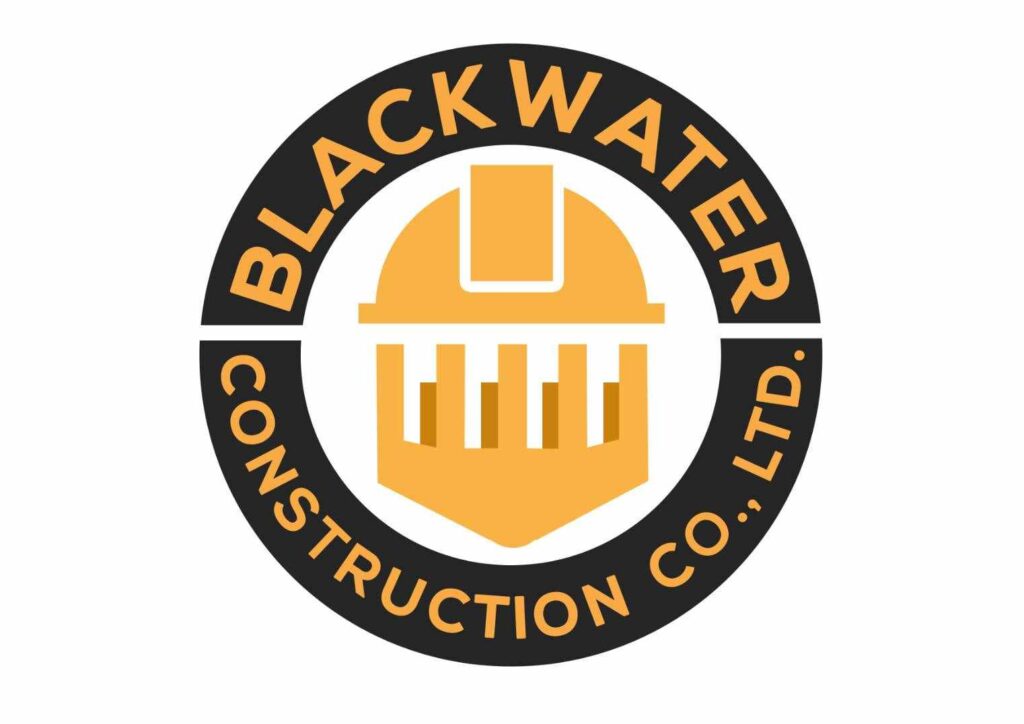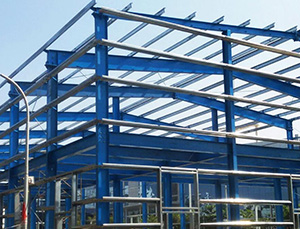Introduction
Thailand’s rapid urbanization has led to a surge in high-rise condominiums, commercial towers, and residential developments. However, the 2025 earthquake in Myanmar—which caused the catastrophic collapse of a 30-storey Bangkok skyscraper—has exposed alarming gaps in construction safety standards. Investigations revealed that substandard steel was a key factor in the building’s failure, raising urgent concerns about compliance with Thai building regulations.
For construction and home-building companies, adhering to strict building codes, using approved materials, and ensuring proper inspections are not just legal obligations they are moral imperatives that save lives. This article explores the importance of Thailand’s building regulations, the dangers of cutting corners, and why using certified steel and other materials is non-negotiable for structural integrity.

1. Thailand’s Building Regulations: A Framework for Safety.
Legal Requirements for High-Rises and Residential Construction.
Thailand’s Building Control Act (B.E. 2522, 1979) and Town Planning Act (B.E. 2518, 1975) establish strict guidelines for construction, including:
Zoning Laws:
Different zones (residential, commercial, and industrial) have specific height and usage restrictions.
Permit Processes
Construction permits (AOR.1) require detailed architectural plans, structural integrity assessments, and environmental impact studies.
Setback Rules
Buildings must maintain minimum distances from property boundaries to ensure safety and privacy.
Height Restrictions.
In Bangkok, high-rises (≥23m) must meet stricter seismic and wind resistance standards.
Why Compliance Matters
The 2025 Bangkok skyscraper collapse where ‘substandard steel’ was found—proves that ignoring regulations leads to disaster. Authorities discovered that some steel bars failed **force-resistance tests**, directly contributing to the building’s structural failure.

Key Lesson: Proper adherence to building codes prevents catastrophic failures and legal liabilities.
2. The Role of Approved Steel in Structural Integrity
Why Steel Quality is Non-Negotiable
Steel reinforcement bars (rebars) are the backbone of high-rise buildings. In the 2025 collapse:
Substandard Steel Samples (32mm and 20mm rebar’s) failed load-bearing and mass-per-meter standards
A Closed Factory’s Steel Was Used**—despite prior violations, highlighting supply chain negligence.
Weak Steel
Brittle Structures Experts confirmed that poor-quality rebars increase collapse risks during seismic activity.
Thailand’s Updated Safety Regulations
Following the disaster, Thailand introduced stricter material testing under the Ministry of Interior’s 2024 Building Safety Regulation, which mandates:
Mandatory Steel Certification from the Iron and Steel Institute of Thailand (ISIT)
Fire and Earthquake Resistance Standards** for high-rises.
Heavy Penalties for Non-Compliance**, including project shutdowns and criminal liability .
Key Lesson: Using ‘approved, high-quality steel’ ensures buildings withstand earthquakes and other stresses.
Post-Earthquake Inspections: A Wake-Up Call for Bangkok’s Condos
The Aftermath of the 2025 Myanmar Earthquake
While most of Bangkok’s skyline remained intact, the sole collapsed high-rise revealed systemic issues:
Lax Inspections:
The building had passed initial checks, but substandard materials slipped through.
Developer Negligence:
The joint venture faced scrutiny for cost-cutting on materials.
Public Outcry:
The disaster prompted ‘mass condo safety audits’, with many failing due to poor steel quality and design flaws.
What Developers Must Do Now
1. Third-Party Material Testing
Ensure all steel and concrete meet **TISI standards.
2. Seismic Retrofitting
Older buildings must be reinforced to 2024 safety codes
3. Transparency in Supply Chains
Avoid uncertified suppliers with histories of violations.
Key Lesson:
Proactive safety measures prevent future tragedies and protect reputations.
4. Best Practices for Home Builders & High-Rise Developers.
For Residential Construction.
Follow Setback Laws:
Maintain 2-3m from property boundaries to avoid disputes.
Use Certified Materials.
Especially for foundations and load-bearing walls.
Hire Licensed Architects & Engineers. They ensure compliance with Thai regulations.
For High-Rise & Commercial Projects:
Conduct EIAs (Environmental Impact Assessments) required for large developments.
Implement Fire & Earthquake Safety Systems Sprinklers, reinforced steel frames, and evacuation plans.
Regular Audits Pre- and post-construction inspections prevent failures.
Conclusion: Building safely is Building Smartly
The 2025 Bangkok skyscraper collapse was a tragic but preventable disaster. It underscored the life-or-death importance of:
Strict compliance with Thai building codes
Using only certified, high-quality steel and materials
Rigorous inspections at every construction phase
For developers and home builders, cutting corners on safety is never worth the risk. By prioritizing regulation adherence and material integrity, we can ensure Thailand’s buildings stand strong for generations.
Invest in safety today—avoid catastrophe tomorrow.
Blackwater Construction based in Pattaya offers the highest standards of safety with approved robust materials to last decades to provide homes and business buildings to people who expect the highest standards.



